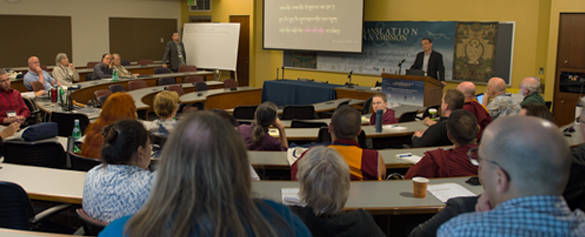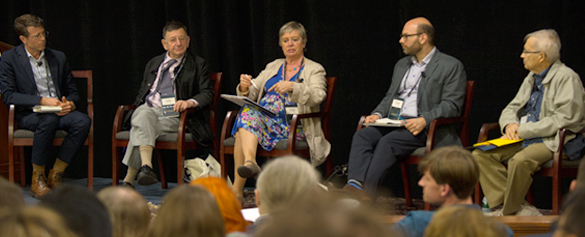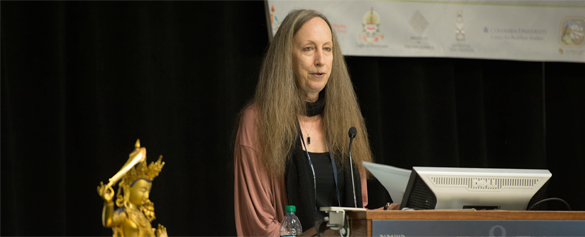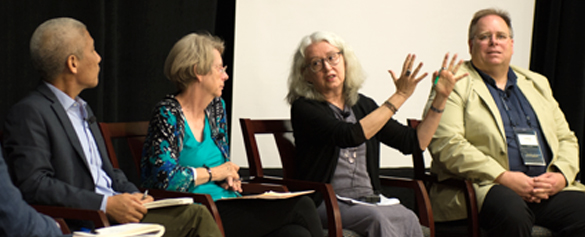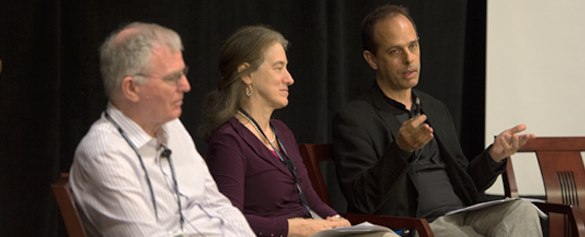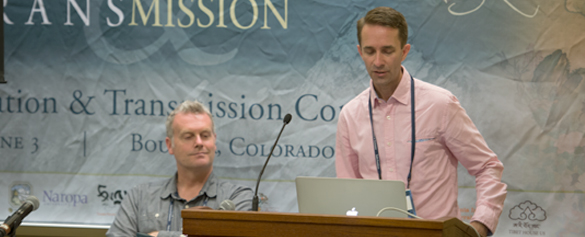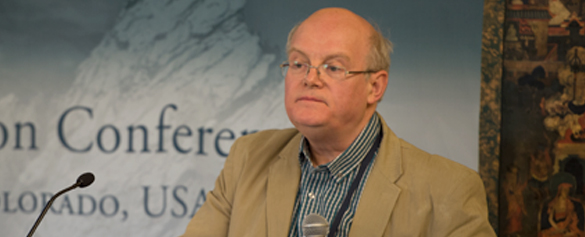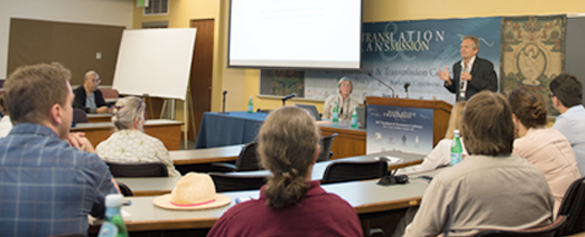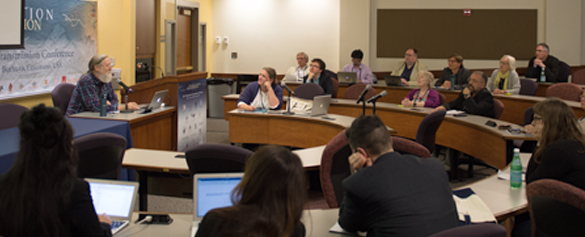Translation: Fidelity vs Innovation
Marcus Perman2022-11-16T23:34:11-07:00As translators we create new texts while striving to transmit the authenticity of the original. What constitutes an authentic translation? Throughout the history of Buddhism in Tibet and across Asia, adaptation, assimilation, and innovation have been essential to the persistence and continued relevance of texts and the contents they transmit. As translators, do we bear responsibility for fidelity to our texts? To our readers? To “the tradition”? To what degree may we innovate in the work that we do? In sum, what are the ethics of representation in our translation work, and how do we balance our fidelity to the […]

